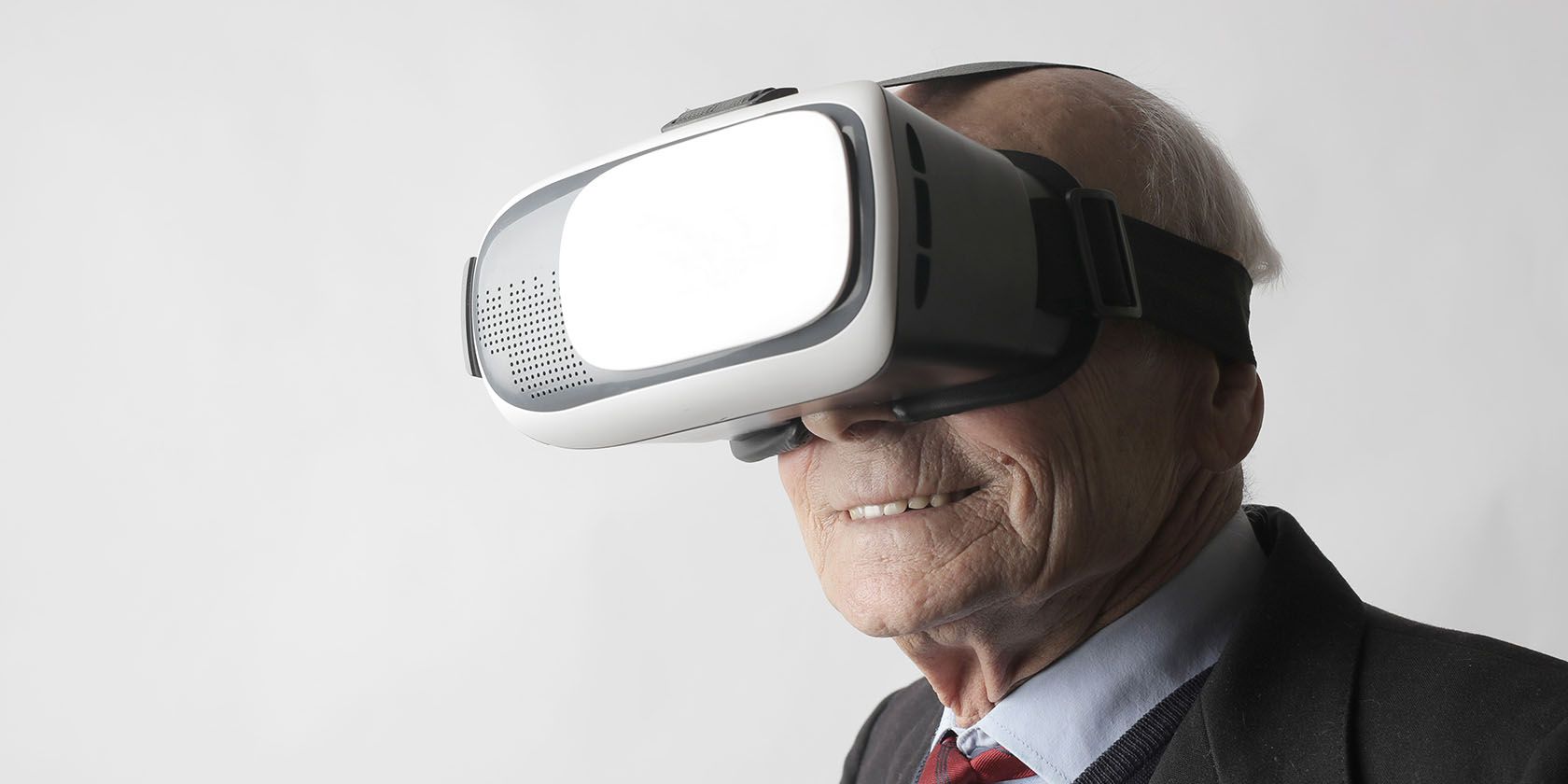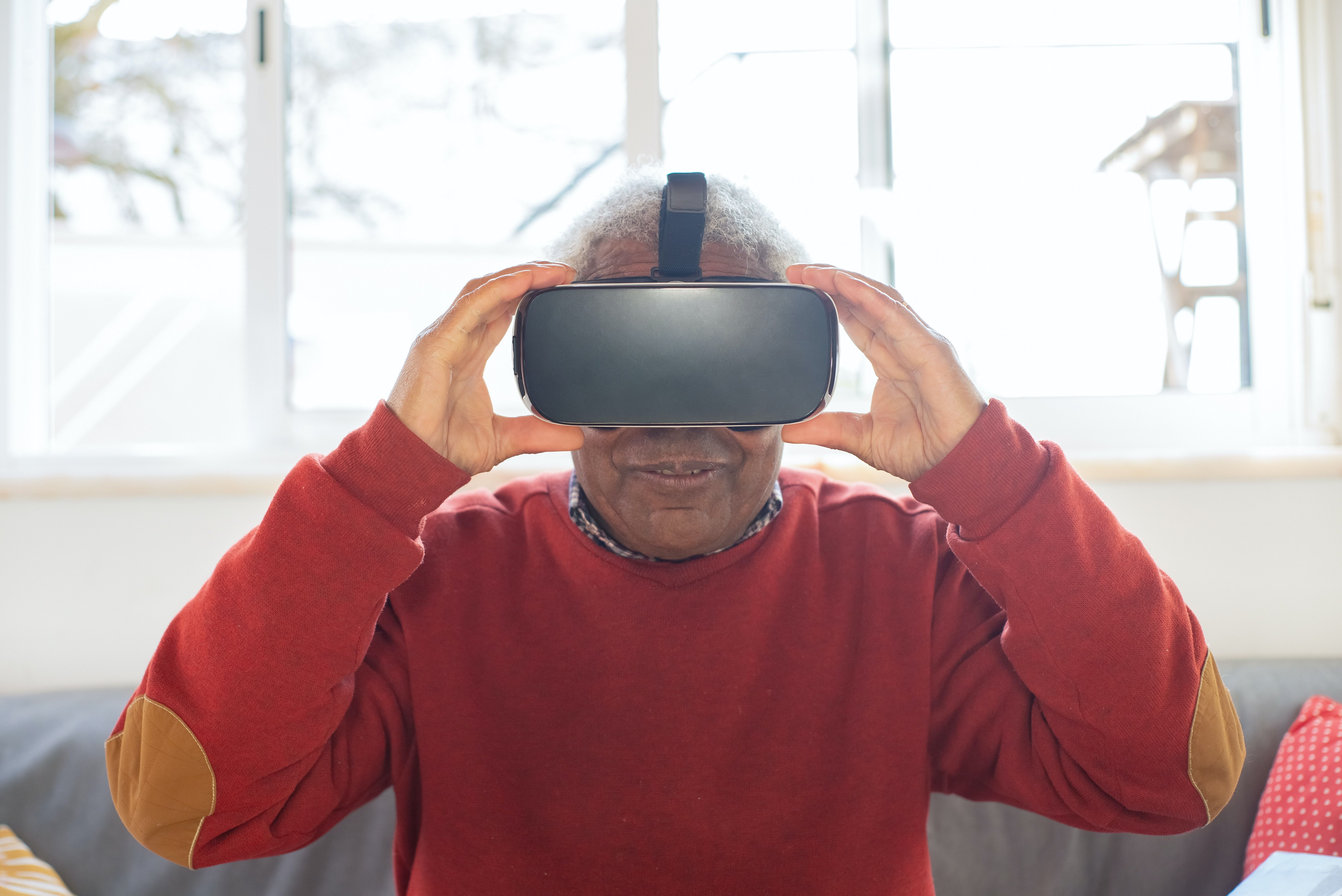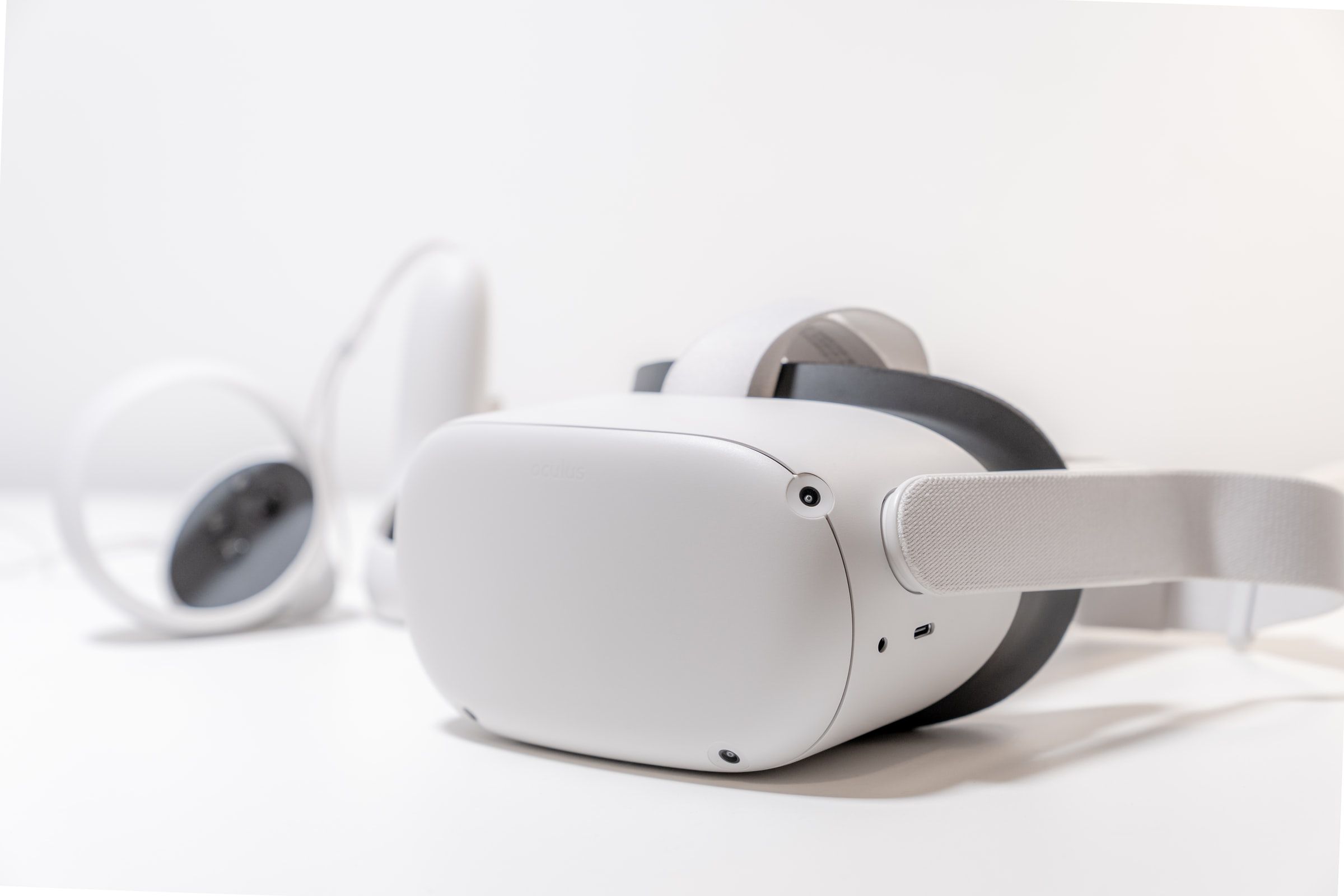In recent times, virtual reality (VR) has gone from a niche community in the gaming world to commercially available for everyone. These days, VR hardware has only on become cheaper, but its various practical applications have become even more interesting.
Once an experience thought to belong only to the young and physically able, VR has evolved to be able to cater to a variety of audiences. In fact, one of the most commonly overlooked segment of the population that can greatly benefit from VR are the elderly.
Benefits of Virtual Reality for Elderly People
Here are some of the common benefits that seniors can have from having using virtual reality.
Virtual Reality Can Improve Mental Health
With mental health, seniors have a lot to grapple with. Aside from the grief of losing people closest to them, degrading mental and mobility functions can sometimes lead to various mental health issues in older people. VR helps create soothing environments wherein seniors can help regain some of their joy.
It has practical uses, too. In an experiment by Rendever, a subject’s symptoms of dementia improved thanks to VR. When she began to exhibit symptoms of expressive aphasia, a condition wherein patients struggle to speak, they sent her to a Memory Care facility. In this facility, a VR experience that brought her into a virtual room with several golden retriever puppies helped her regain some of her ability to communicate with the facility staff.
VR Encourages Physical Exercise
It’s easy to forget that many of our elderly did not always struggle with movement. In fact, it would surprise you how many of the seniors in your nearby home used to be athletes during their time. While their bodies may no longer cooperate, many of them retain the love they have for their particular sports. For many old people who have lost some form of mobility, feeling trapped in your body is not a welcoming experience.
Thankfully, there are a growing number of tools available that can help simulate and mimic the experience of natural movement. There are plenty of games that can simulate the experience of playing sports, climbing mountains, and even going underwater. With this, the elderly can still engage with their favorite sport as close as technology allows for it.
Connecting with Loved Ones With VR
Not only are many elderly struggling with mobility, they are also prone to loneliness and isolation. It’s quite common for older people to be in homes that far away from their close friends and family members.
While video calls and texts can work for some people, it's definitely not enough for a lot of others. Unfortunately, there are many things that prevent face-to-face meetings. However, VR can work as a way to meet in the middle. With virtual reality, seniors can experience a semblance of closeness with virtual avatars of close ones, and engage in experiences, like touring places or watching movies.
Create New Virtual Reality Experiences
Just because they’re a little older does not mean that they’re done seeing what life offers. Using VR, you can create new experiences for the elderly that can keep their minds sharp.
These days, VR experiences can be everything from exploring interesting places from around the world, playing virtual games, giving the illusion of flying or being underwater. You can even explore virtual walkthroughs of the world’s best museums.
Aside from this, there are a good number of VR-compatible social media and games released every year. With VR, there are so many ways that an elderly person can still experience life like never before.
Steps to Introduce Elderly People to VR
With VR, first impressions matter. Often, a single negative experience can put anyone ever trying VR again. To ensure a smoother adoption, it’s important to prepare the elderly for the experience properly. If you’re looking for a way to introduce VR to seniors, there are three primary things that you have to consider — known medical conditions, mobility, and genre.
Consider Medical Conditions When Choosing VR Games
When choosing a VR experience, it’s important to evaluate underlying medical conditions that have to be managed. Key medical conditions that should be evaluated are those which are considered life-threatening such as predisposition to heart problems and epilepsy. For example, seniors with known issues such as epilepsy should avoid playing games that feature many blinking lights. Those with heart problems shouldn't take part in games that have jump scares or trigger fears like heights.
In addition, you should also take conditions like asthma, light sensitivity, and balance issues into consideration. Make sure that the chosen experiences do not have too many moments wherein the player can get overwhelmed. If you are unsure if an elderly person’s medical condition will put them at risk during a virtual reality experience, contact a medical professional first.
Use the Right VR Hardware for Elders with Mobility Issues
You should monitor elderly VR gamers with balance issues such as vertigo, head injuries, or ear infections, in order to prevent falls. First, fit any headsets properly to avoid any pain or injury to the head. Second, choose VR headsets that are wireless to avoid tripping and clear the space of any obstructions if the experience requires movement.
You can also invest in additional hardware, such as boots or treadmills, with handles to give the illusion of movement with minimal risks. Should the senior have mobility issues, it is best to choose games you can play sitting down. Instead of the usual gaming controllers, you can opt for experiences that don’t require the use of controllers or use more intuitive alternatives.
Take Things Slow
It’s best to start with experiences that do not require too much movement to acclimatize the elderly slowly. Start with casual experiences that feel closer to reality, so it doesn’t overstimulate them too soon.
Once they acclimatize to the sensation of wearing the headset, you can proceed with teaching them about movement. You can slowly inch them towards more complicated movements or action-packed moments.
If you find that the senior you are trying to teach is struggling with controls, you may want to do this for them. Otherwise, there are also plenty of elderly-friendly VR experiences that don’t need controllers at all, wherein they can simply sit back and enjoy the view.
Help the Elderly Enjoy VR Safely
As virtual reality becomes more accessible, it’s likely our generation and the ones after it can continue to enjoy the innovation that comes with it. VR comes with various mental and physical benefits, so it’s important to make sure that the elderly in our society don’t miss out on what VR has to offer.




